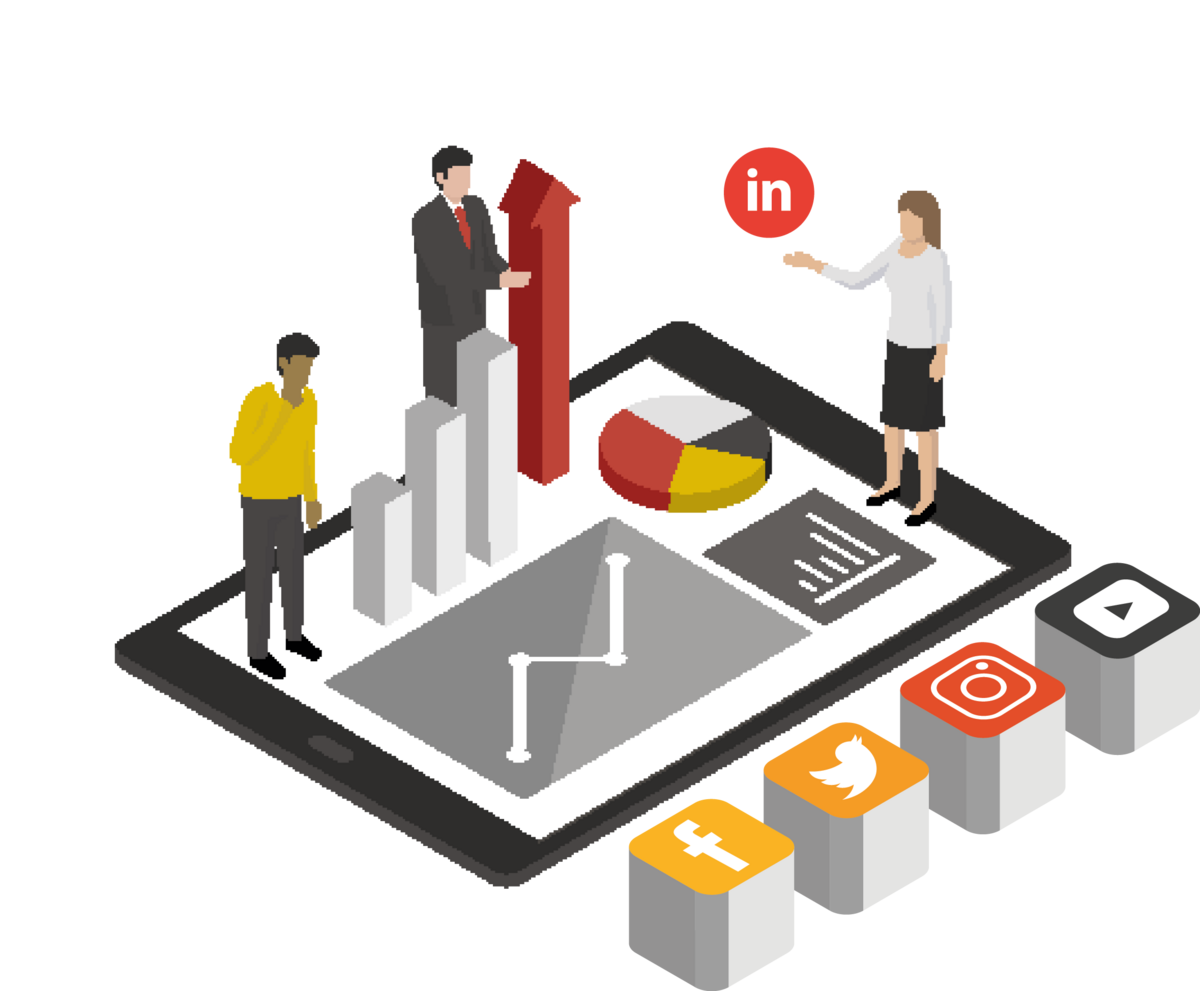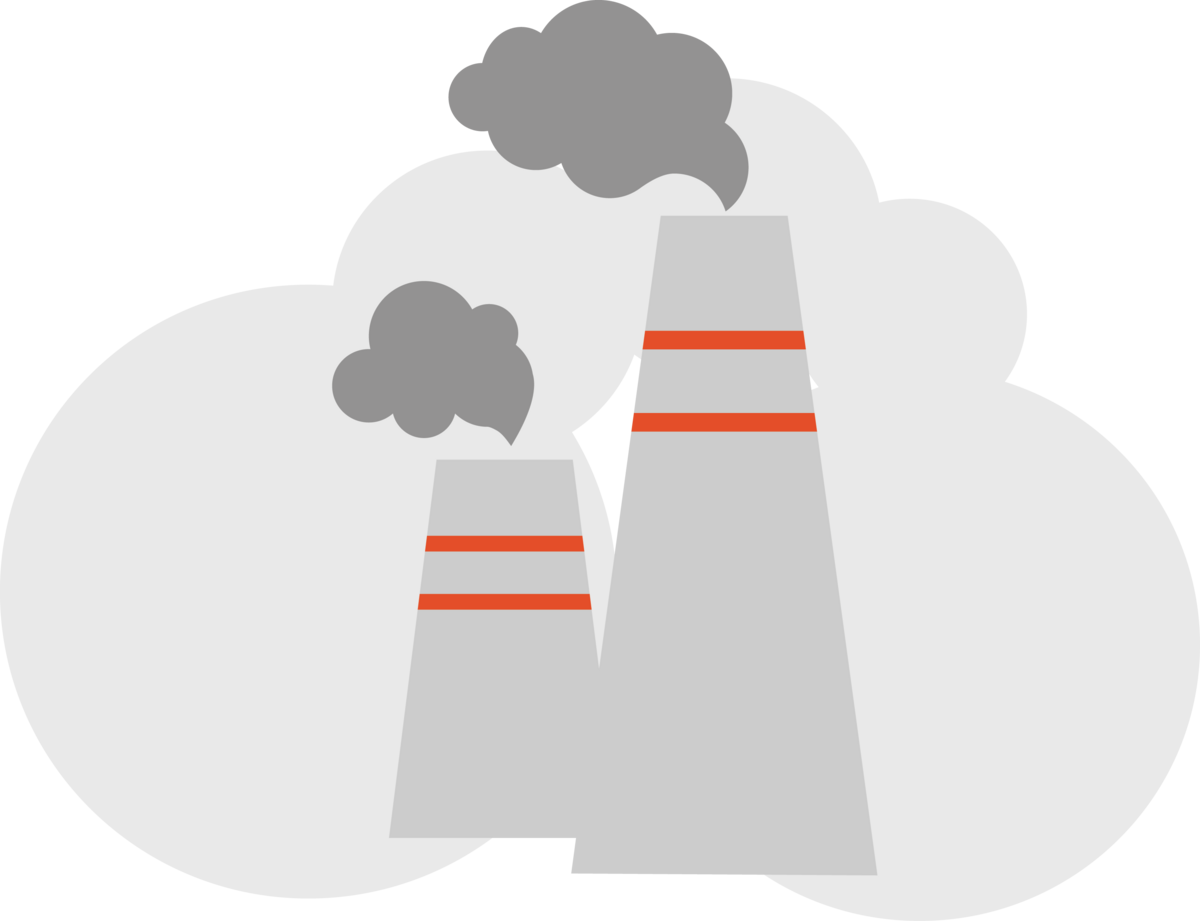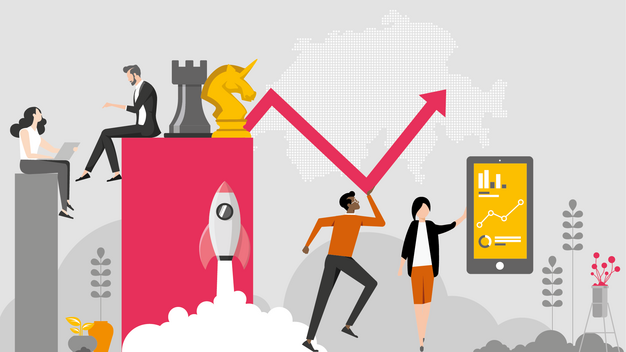Time is timeless – the calendar was invented by us humans. But how do we define concepts such as “yesterday”, “the present”, “the future”? How do we keep pace with the times, and at the same time stay ahead of them? What matters tomorrow is something we can only speculate about and prepare ourselves for.
The working world of the future
Timeline
Europe celebrates the Year for Combating Poverty and Social Exclusion. At the same time, China becomes the world’s largest manufacturing nation and knocks the USA off the top spot.
The global population passes the seven-billion mark. The first bookshops have to close as a result of online retail. Android, the smartphone operating system, achieves a global market share of 52.5%.

In the US state of California, authenticated self-driving cars are officially allowed on the roads for testing purposes.
There are now more mobile devices and connections than there are people on the earth.

The US company Facebook buys the WhatsApp messenger service. 64 billion WhatsApp messages are sent via the web every day.

Amazon and Alibaba dominate online retail. As part of the Paris Climate Agreement, the signatory states undertake to set national targets to reduce their greenhouse gas emissions. The United Nations sets out the “17 Sustainable Development Goals”, which bring together social, economic and environmental aspects.
Personal data, psychology and bots influence the results of the American presidential election.
Facebook declares war on fake news. Google algorithms reveal 314 million search results for “future of work”.
An unusually hot summer with a sustained period of drought causes massive damage in the primary sector. The General Data Protection Regulation enters into force in the European Union.

The 25th United Nations Climate Change Conference and the 15th session of the Kyoto Protocol are held in Madrid. The electric car manufacturer Tesla starts construction of its gigafactory in Brandenburg.

COVID-19 spreads around the globe at breakneck speed. Most countries declare a state of emergency. Schools remain closed and companies introduce working from home and remotely.

Every year, 10% of required functions are transformed by digitalisation.* This forces companies to determine their needs with neuro-linguistic programming and artificial intelligence and to step up their upskilling programmes. They do this by joining forces with other companies, educational institutions and the government.*
* Cf. “New world. New skills.”, PwC Global, 2019
The potential for automation in Switzerland is largely exhausted. One-third of production sites that were relocated abroad for cost reasons are brought back into the country and their productivity is increased by technological innovations.*
* Based on the “Principles of employers’ policies: megatrends and future scenarios”, Swiss Employers Confederation, 2018 (in German)
Reskilling and upskilling programmes have become established within international corporations, which spend an average of USD 20,000 per person for this purpose.1 Education and training is delivered via customised e-tutorials, virtual classrooms, webinars, wikis, social media, video-based learning, micro-blogs, simulations, serious games and augmented reality courses.2
1 Based on “The case for change: New world. New skills.”, Carol Stubbings, Strategy+Business, 2020
2 Cf. “World of Work 4.0”, University of Applied Sciences and Arts, Northwestern Switzerland/School of Business, 2019/2020 (in German)
Half of the employees in Switzerland work from home or remotely. This number has doubled compared to 2019.1 Teams collaborate via cloud-based platforms.2
1 Cf. “Principles of employers’ policies: megatrends and future scenarios”, Swiss Employers Confederation, 2018 (in German)
2 Cf. “World of Work 4.0”, University of Applied Sciences and Arts, Northwestern Switzerland/School of Business, 2019/2020 (in German)
Compared with 2020, every third job no longer exists in its original form. Digital job profiles such as Design Thinker, AI Manager or E-Mechatronics Engineer and new roles such as Reverse Coach (junior coaches senior) or Chief Fitness Officer are in vogue.*
* Cf. “SBB Work Environment of the Future 2025–2035”, PwC on behalf of the SBB Digitalisation Fund, 2019
62% of the working population are classified as gig workers and fulfil several roles at the same time, like employees, project staff and self-employed individuals for example.*
* Based on “World of Work 4.0”, University of Applied Sciences and Arts, Northwestern Switzerland/School of Business, 2019/2020 (in German)
Only 9% of the working population are still salaried employees.*
* Based on the “Principles of employers’ policies: megatrends and future scenarios”, Swiss Employers Confederation, 2018 (in German)
Most companies have reduced their office capacity. Offices are used primarily as places for inspiration and networking. New room concepts like desk sharing and creative workspaces combine work culture, efficiency, innovation and well-being.*
* Based on “World of Work 4.0”, University of Applied Sciences and Arts, Northwestern Switzerland/School of Business, 2019/2020 (in German)
Sharing platforms for private transport and work-from-home models have alleviated the congestion on public transport caused by the commuter flows of the 2020s.*
* Based on the “Principles of employers’ policies: megatrends and future scenarios”, Swiss Employers Confederation, 2018 (in German)
Switzerland makes the retirement age flexible, in line with many OECD countries. Anyone can work beyond the age of 65 (women) or 67 (men) if they so wish. The social security legislation is designed in such a way that working is worthwhile even after retirement age.*
* Based on “Pensions at a Glance 2017, Flexible retirement in OECD countries (Chapter 2)”, OECD, 2018 (in German)




